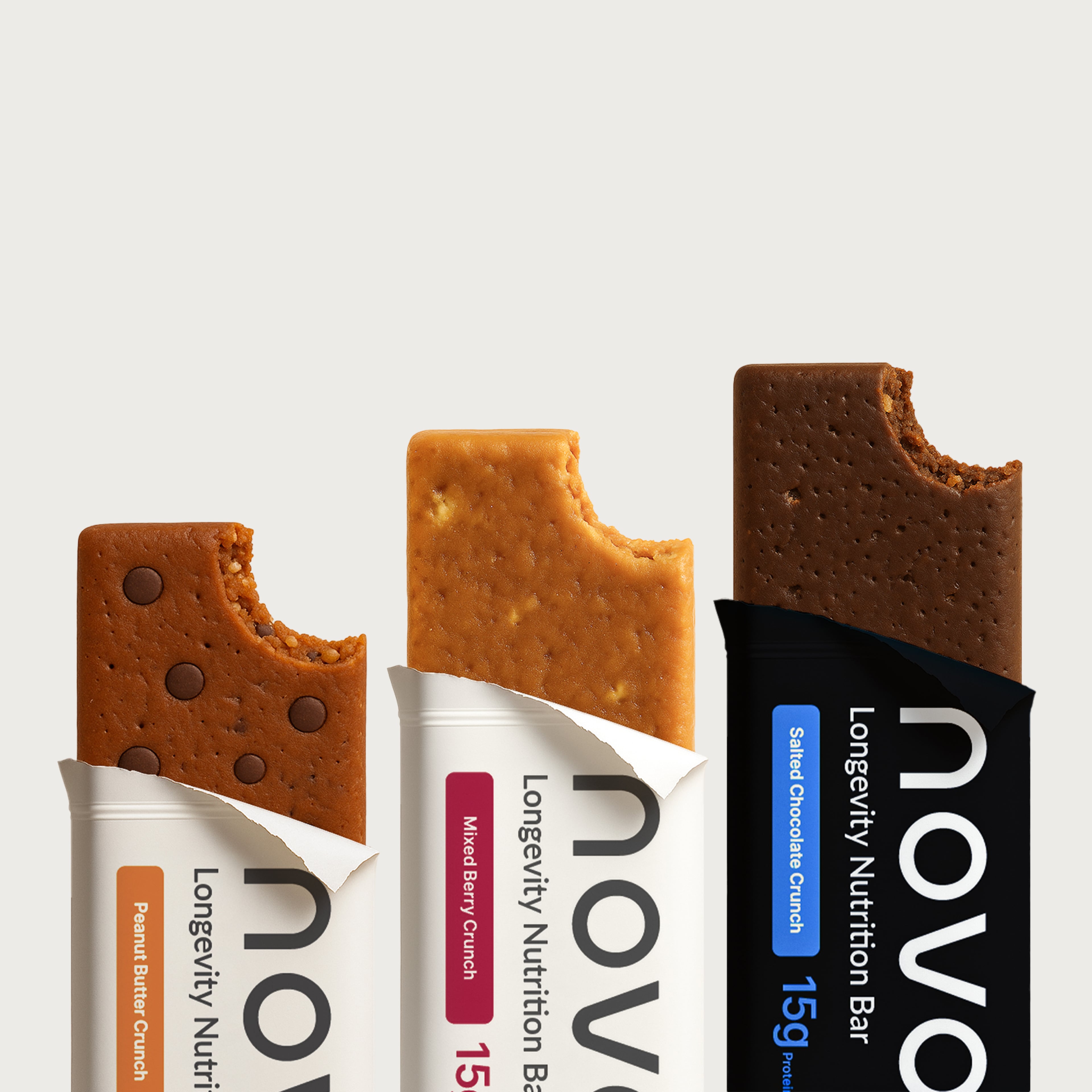A dip in ultra-processed food consumption, evolving protein trends and a new coalition for transparent labeling all point to a food industry in transition – driven by consumers who want cleaner, clearer and more nutrient-dense choices.
Could CDC report on UPF consumption signal a turning point?
The CDC’s latest data, covering August 2021 to August 2023, shows that ultra-processed foods (UPFs) still dominate the American diet, accounting for more than 55% of daily calories. The numbers climb even higher for children and teens, who consume nearly 62% of their calories from UPFs, according to the report.
While these products remain a mainstay in grocery carts and lunchboxes, the report marks a small but notable decline from previous years. This dip could reflect the early stages of a shift in eating habits as more consumers seek cleaner labels, minimally processed options and ingredient transparency.
Industry watchers say the data may represent a tipping point – providing both an opportunity and a challenge for brands to innovate in ways that align with health-minded trends without sacrificing convenience or affordability.
Never miss a bite!
News Bites is a weekly series that recaps the top industry news from FoodNavigator-USA. Don't forget to subscribe (for free) to FNU's daily newsletter where you can stay on top of news, analysis and trend stories.
To subscribe, visit www.foodnavigator-usa.com and click on the yellow 'Register' button in the top right corner. Thanks for tuning in!
The report comes at a time when federal agencies issued a request for information (RFI) to develop a uniform definition of UPFs. Industry associations and organizations laud the joint effort by FDA and USDA, but advise that the final verdict should be rooted in science, nutrition and health outcomes, as opposed to the current processing-centric NOVA classification system.
The RFI also comes after the Dietary Guidelines for Americans stopped short on offering guidance for UPFs, citing a lack of a unified definition.
Read the full story here: A turning point for ultra-processed foods?
ADM highlights protein trends in latest report
The protein category is evolving beyond traditional animal sources and legacy plant-based products.
In 2025, consumers are looking for protein that checks multiple boxes: health, taste, sustainability and variety, according to ADM’s 2025 Alternative Protein Landscape Report.
Demand is driving interest in cell-cultivated meat, which promises to deliver the sensory and nutritional qualities of conventional meat with a lower environmental footprint. To date, US-based UPSIDE Foods and GOOD Meat received FDA and USDA approval to sell its cultivated chicken and Mission Barns is approved for its cultivated pork fat. Last month, Believer Meats’ cultivated chicken received clearance from FDA, making it the first non-US company to gain approval.
Plant-based proteins remain strong, but the report cites a growing momentum for “balanced” blends that combine plant and animal sources to deliver a fuller nutrient profile and improved functionality.
Functional proteins like microalgae are also gaining attention – not just for their high protein content, but for their sustainability credentials, as they require minimal land and water to produce. These shifts reflect a more nuanced consumer approach to protein, where innovation meets demands for both performance and planet-friendliness.
Read full story here: Top protein trends in 2025: From cell cultivated to plant-based
Good Food Collective aims to unify brands for more responsible labeling
In an era where consumers are scrutinizing labels more closely than before, a new coalition is rallying brands to stand together on transparency.
The Good Food Collective, launched by a group of like-minded companies, including GoodPop, LesserEvil, Quinn and Evergreen, aims to standardize responsible labeling practices, promote ingredient integrity and encourage clear, honest packaging.
The group’s mission goes beyond compliance and intends influence regulators and proactively educate consumers.
GFC’s current focus is on front-of-pack (FOP) nutrition labeling. The coalition submitted a formal comment to FDA on its proposed FOP rule, advocating for stronger, more consumer-friendly warnings for products high in added sugar, sodium and saturated fats.
To learn more about the Good Food Collective’s mission and how to participate, visit www.good-food-collective.com.
Read the full story here: Good Food Collective rallies brands for stronger labeling standards, transparent packaging



